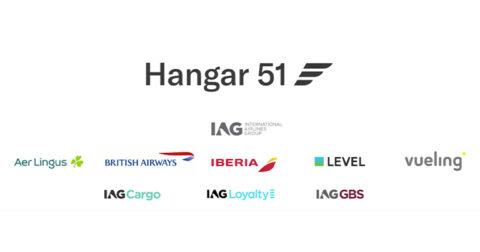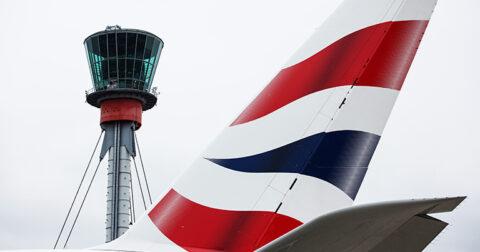International Airlines Group (IAG) – a Headline Partner of FTE EMEA and FTE Ancillary & Retailing, Dublin, 11-13 June 2024 – has a track record of driving innovation in our industry, such as performing the first live trials of autonomous baggage dollies at Heathrow and more. Central to this is Hangar 51 – IAG’s innovation team, which is on a mission to transform aviation by helping test and scale high-impact emerging technologies across the group, including member airlines British Airways, Iberia, Aer Lingus, Vueling and LEVEL. In this interview, ahead of his participation at the co-located FTE EMEA and FTE Ancillary & Retailing events, Harvey Tate, Human API – Digital Transformation, shares the IAG vision and path towards achieving autonomous operations and the collaborative approach needed among industry partners.
View the FTE EMEA and FTE Ancillary & Retailing schedule at a glance >> Register for FTE EMEA and FTE Ancillary & Retailing – one registration provides access to both events >>
At the co-located FTE EMEA and FTE Ancillary & Retailing events, Harvey Tate, Human API – Digital Transformation, IAG, will deliver a presentation titled ‘IAG is exploring a path to autonomous operations, but how long might that take to achieve and what does it need to see from industry stakeholders to make such a vision a reality?’
“In 2024, with our partners, we are now scaling up our investment to really drive these initiatives into production,” Tate explains. “In the near-term, we want to roll out machine vision on the ramp, automate stand guidance and implement teleoperated passenger boarding bridges. Longer term we want to utilise autonomous vehicles, drones and robotics.”
Undoubtedly, automations that interact directly with the aircraft, such as automated loading and servicing, will be hard to implement due to the complexity and certification, but IAG is working with the airframers to drive this forward. “We cannot do this alone,” says Tate. “We will need help from industry partners – airports to help deliver infrastructure change, ground handlers to assist with implementing change at outstations, and obviously the suppliers to develop and build the solutions we are looking for.”
Smart ramp, driverless technologies, and baggage robotics
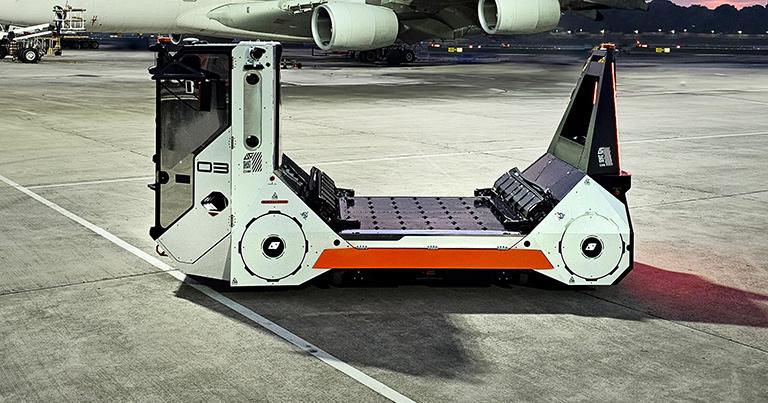
The list of technologies that will enable a fully automated airport experience is a long one, and a fully automated airport is a long way away. However, there are many lessons that IAG is taking from other industries, especially manufacturing, to help on its journey.
Below the wing, Tate highlights the smart ramp, driverless technologies, and baggage robotics. IAG is a Corporate Partner of the FTE Digital, Innovation & Startup Hub – for which robotics is one of three key themes in 2024, alongside Artificial Intelligence (AI) and the Internet of Things (IoT) – as well as being a Partner of the FTE Baggage Innovation Working Group, and Tate emphasises that for IAG baggage robotics is important for two reasons. “First, with the introduction of the 737 to our fleet we will see an increase in loose load baggage,” he explains. “So far, we have not seen a solution in this space for stacking baggage into the hold. The BBHS solution is fantastic and a real innovation, however it only goes as far as the aircraft door. Secondly, we can see more and more regulation limiting the amount of manual handling that an individual is allowed to do. Quite rightly this is protecting people from injury and, therefore, as an industry we need to find the solutions that work.”
Above the wing, we have already seen the implementation of online, mobile and self-service technologies. “In recent years we have also seen the adoption of biometrics at airports,” says Tate. “Looking forward, passenger digital identity is the key to unlocking a truly seamless customer experience and solving the interoperability issue for the whole journey. We will need support from all stakeholders in the journey, in particular governmental.”
“Through innovation we can deliver better CX, more efficient operations, more sustainable aviation and a better-performing business”
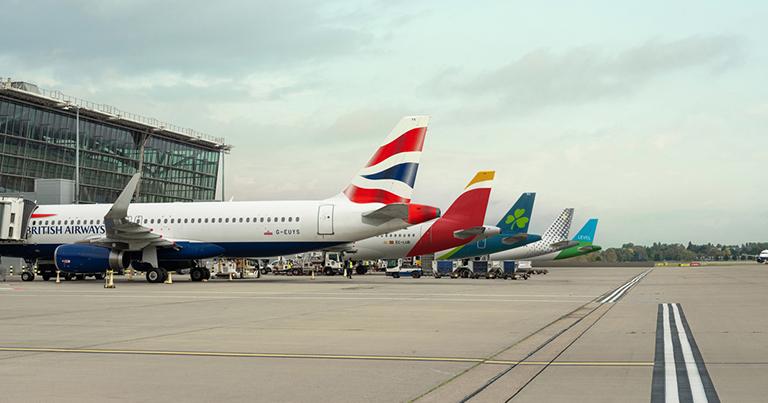
IAG has several airport Innovation Hubs at the likes of CVG, LGW, LHR, PIT and FCO and collaboration on initiatives to reach full automation, on a basic level, centres on knowledge-sharing – interactions that generate not just ideas, but also the understanding of how things can be done differently. “Collaborating on projects injects not just new ideas, but also increases the resources we have available, both people and funding,” Tate explains. “Finally, we fly to hundreds of places around the world and each destination is different in some way – we need to embrace these differences and work with them.”
Transformation is an essential part of IAG’s strategy and means a fundamental change that delivers outcomes for the business and its stakeholders. “Innovation is the way we will achieve this transformation,” Tate shares. “Through innovation we can deliver better customer experiences, more efficient operations, more sustainable aviation and a better-performing business overall. Innovation is a mindset and a culture of constantly looking for improvements. We identified that years ago and that’s why we created Hangar 51. We test and grow emerging technologies across our group.”
“FTE moves at pace with a constant drumbeat of community engagement”
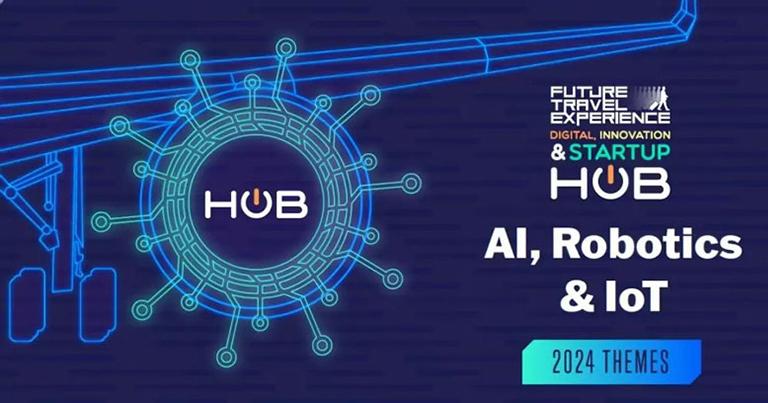
Membership of the FTE Digital, Innovation & Startup Hub is proving beneficial for IAG, particularly in terms of sharing experiences and engaging with like-minded innovators and the startup community. “A lot of the time, airlines, airports and suppliers are all trying to solve the same problems and issues,” says Tate. “The FTE Digital, Innovation & Startup Hub is a great way to come together and learn from each other’s experiences and to get a new perspective. I love the way FTE moves at pace with a constant drumbeat of community engagement. There is energy and passion and no bureaucracy!”
Looking ahead, Tate is eager to participate in the co-located FTE EMEA and FTE Ancillary & Retailing events in Dublin in June. “I can’t wait – not only is Dublin a great city and I’ll get to spend time with my colleagues from Aer Lingus, but I’m sure it’ll be a great event.”
View the FTE EMEA and FTE Ancillary & Retailing schedule at a glance >> Register for FTE EMEA and FTE Ancillary & Retailing – one registration provides access to both events >>